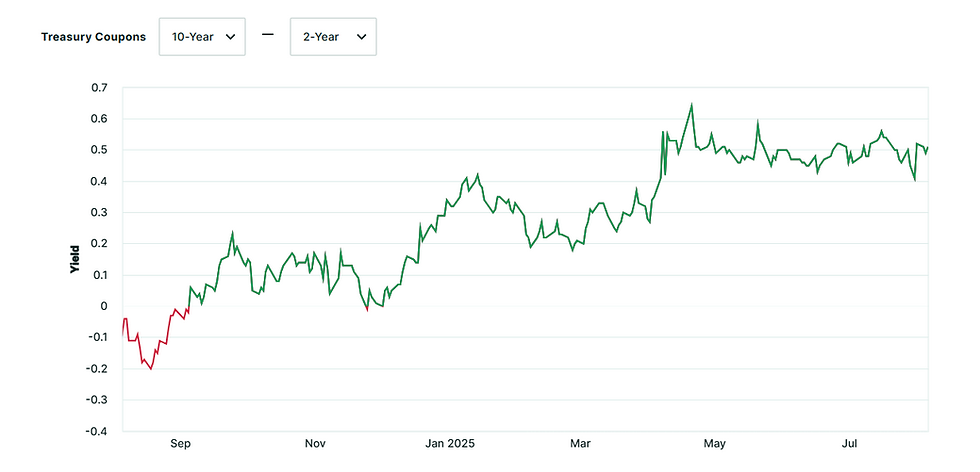Mortgage Refinance for Divorce: Navigating Loan Changes Post-Divorce
- Michael Belfor

- Sep 2
- 2 min read

Divorce can bring many financial challenges, and one of the most significant is deciding what to do with the family home. If you and your spouse are separating, you may need to refinance your mortgage to remove one party from the loan or to buy out your spouse’s share of the home. Mortgage refinancing during a divorce can be a complicated process, but it’s often necessary to ensure that both parties are protected financially.
One of the most common reasons for refinancing after a divorce is to remove one spouse from the mortgage. If one spouse will be keeping the home, refinancing allows them to take full responsibility for the mortgage, while releasing the other spouse from any financial obligation. This can be especially important if the spouse keeping the home wants to avoid potential credit issues if the other spouse is no longer willing or able to make payments.
Another reason for refinancing during a divorce is to buy out the other spouse’s share of the home. In this case, the spouse who is keeping the home would refinance the mortgage to access enough equity to pay off the other spouse’s share of the property. This allows one party to remain in the home while ensuring the other spouse receives their portion of the home’s value.
Refinancing during a divorce can also be a good opportunity to adjust the terms of the mortgage. If interest rates have dropped or you want to switch to a fixed-rate loan, refinancing can help you lower your monthly payments or make your mortgage more manageable. It’s important to work with your lender to explore your options and find the best loan terms for your new financial situation.
However, refinancing during a divorce comes with its challenges. Both parties need to agree on the terms of the home settlement, and the spouse keeping the home must qualify for the new loan based on their income and credit score. This can be a challenge, especially if the household relied on two incomes to qualify for the original loan.
Ultimately, mortgage refinancing can provide a clean financial break and help both parties move forward after a divorce. By working closely with your lender and considering your long-term financial goals, you can navigate the refinancing process and ensure that your mortgage fits your new circumstances.





Comments